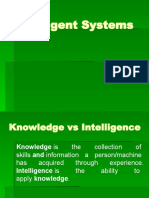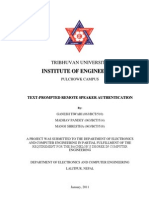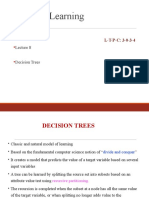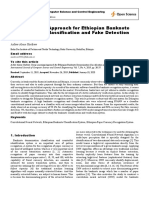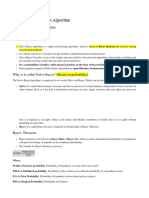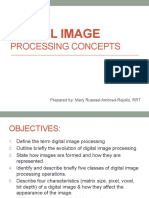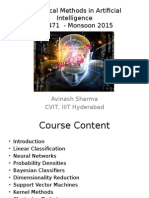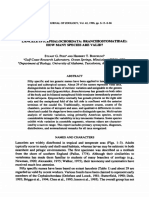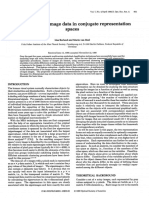0% found this document useful (0 votes)
370 views73 pagesAn Introduction To Face Detection and Recognition
The document provides an overview of face detection and recognition. It discusses what face detection is, its importance, and current state of research. It describes different approaches to face detection including knowledge-based methods, feature-based methods, template matching, and appearance-based methods. It provides an example of a knowledge-based method. It also discusses challenges in face detection and the Viola-Jones face detector approach using Haar-like features and boosting for fast and accurate face detection.
Uploaded by
Aziz SeCopyright
© © All Rights Reserved
We take content rights seriously. If you suspect this is your content, claim it here.
Available Formats
Download as PPTX, PDF, TXT or read online on Scribd
0% found this document useful (0 votes)
370 views73 pagesAn Introduction To Face Detection and Recognition
The document provides an overview of face detection and recognition. It discusses what face detection is, its importance, and current state of research. It describes different approaches to face detection including knowledge-based methods, feature-based methods, template matching, and appearance-based methods. It provides an example of a knowledge-based method. It also discusses challenges in face detection and the Viola-Jones face detector approach using Haar-like features and boosting for fast and accurate face detection.
Uploaded by
Aziz SeCopyright
© © All Rights Reserved
We take content rights seriously. If you suspect this is your content, claim it here.
Available Formats
Download as PPTX, PDF, TXT or read online on Scribd
/ 73








